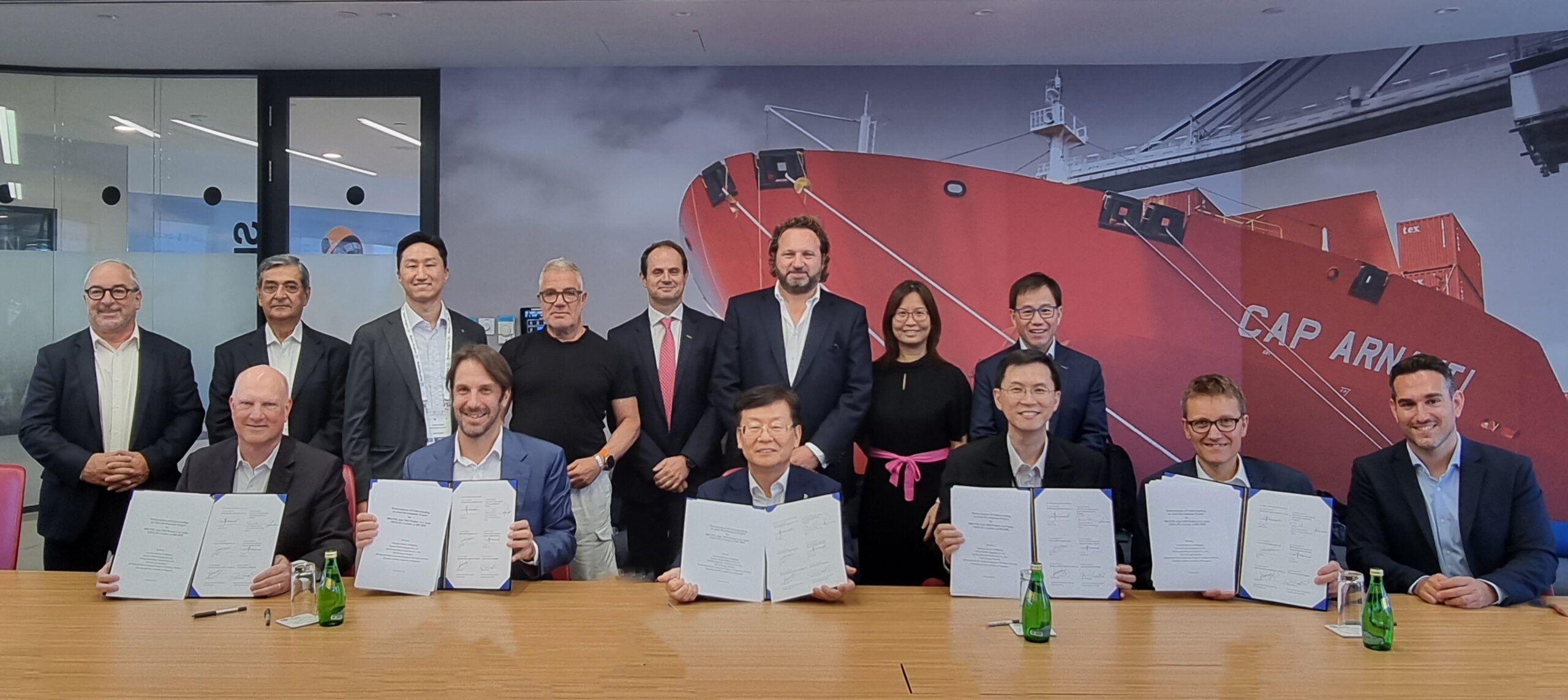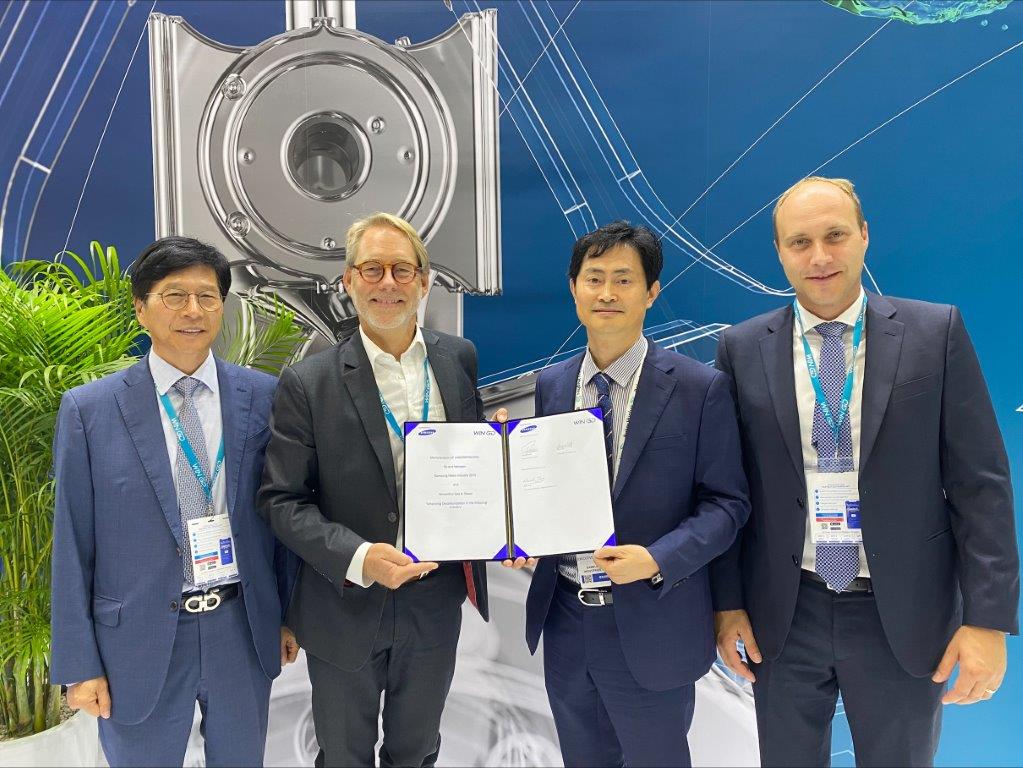This summary was developed from the content presented within an Exxon Mobil Smart Procurement: Marine Lubricants And Fuels Briefing paper. Access the original briefing paper here.
1. Consider More Than Just The Upfront Cost
Don’t just assess the price. Making the best decision involves considering a range of issues, just one of which is upfront cost.
Consider the following factors, the most appropriate product will be one that:
– maintains optimum system performance;
– keeps vessels operating reliably;
– offers a favourable return on investment; and
– meets or exceeds any applicable legislative constraints, such as mandated environmental impacts.
Equip yourself with a thorough understanding of the total cost of ownership as this will enable procurement professionals to turn what are often deemed commodity purchases into strategic advantages.
2. Consider Cold Corrosion
Slow steaming of ships has been common practice in the industry over the past few years.
Although a great strategy for saving fuel, this practice can takes its toll on older engines modified for part-load or low-load operation due to something called cold corrosion.
Cold corrosion is a problem that arises when sulphuric acid forms on the liner walls in an engine cylinder and corrodes the liner surface. It can be a very costly issue to resolve.
However, it is not solely limited to older engines, this has also become an issue in new slow speed two-stroke engines that have been designed to comply with the Tier II NOx regulations and Energy Efficiency Design Index (EEDI) guidelines.
Read more about cold corrosion here
However, help is at hand. Lubricant manufacturers have been developing advanced cylinder oils that can protect against cold corrosion, even at ultra-low feed rates.
In order to identify the most appropriate cylinder oil and the optimum feed rate to combat cold corrosion it is essential that vessel operators instigate a cylinder condition monitoring (CCM) programme.
Read more about Exxon Mobil’s MobilGard™ CCM programme here
3. Consider The Impact Of Regulation
Thanks to various regulatory requirements that impact lubricant use, such as sulphur restrictions in emission control areas and the use of environmental acceptable lubricants for example, lubricant selection has become more complicated due to the fact that operators can have to ensure that they have stocks of cylinder oils that suit multiple fuel types.
This means lubricant procurement can be a bit trickier. So ensure that you select the right supplier that can ensure you optimise overall performance and procure a product or multiple products that can work across different fuel types and operating loads. Remember – not all fuel and lubricants are created equal.
4. Consider The Lubricant Performance Factors
Failure to understand the performance implications that a cylinder oil has on engine performance and operation can compromise several aspects such as reliability and lead to increased cylinder oil feed rates.
A lubricant’s effective lifespan is a very important factor to take into consideration when procuring marine lubricants.
Also, extended liner life, defence against deposit formation, the mitigation of cold corrosion and overall engine protection are all of paramount importance as these factors will ensure good overall engine performance. Additionally, maintenance requirements and downtime would also be decreased.
5. Consider The Base Number
To understand the importance of the base number, some of the chemistry needs to be explained… upon combustion, the sulphur contained in the fuel reacts with oxygen to form sulphur dioxide and sulphur trioxide. These two compounds then react with water to create sulphurous and sulphuric acids.
The sulphuric acid, if unneutralised, will go on to corrode the cylinder liner.
The BN is what is often referred to as the ‘alkalinity’ or ‘base’ of a lubricant, however it is actually the quantity of acid – expressed in terms of the equivalent number of milligrams of alkaline potassium hydroxide – that is required to neutralise all alkaline constituents in one gram of sample.
Higher BN oils are able to essentially absorb more of this acidity than lower BN oils.
So as a general example, more acid is produced when combusting high-sulphur fuels therefore theoretically a higher BN is required.
However, if there is undepleted base as there has not been enough acid to neutralise, then calcium carbonate deposits can form also causing damage so a very careful balance needs to be achieved.

































